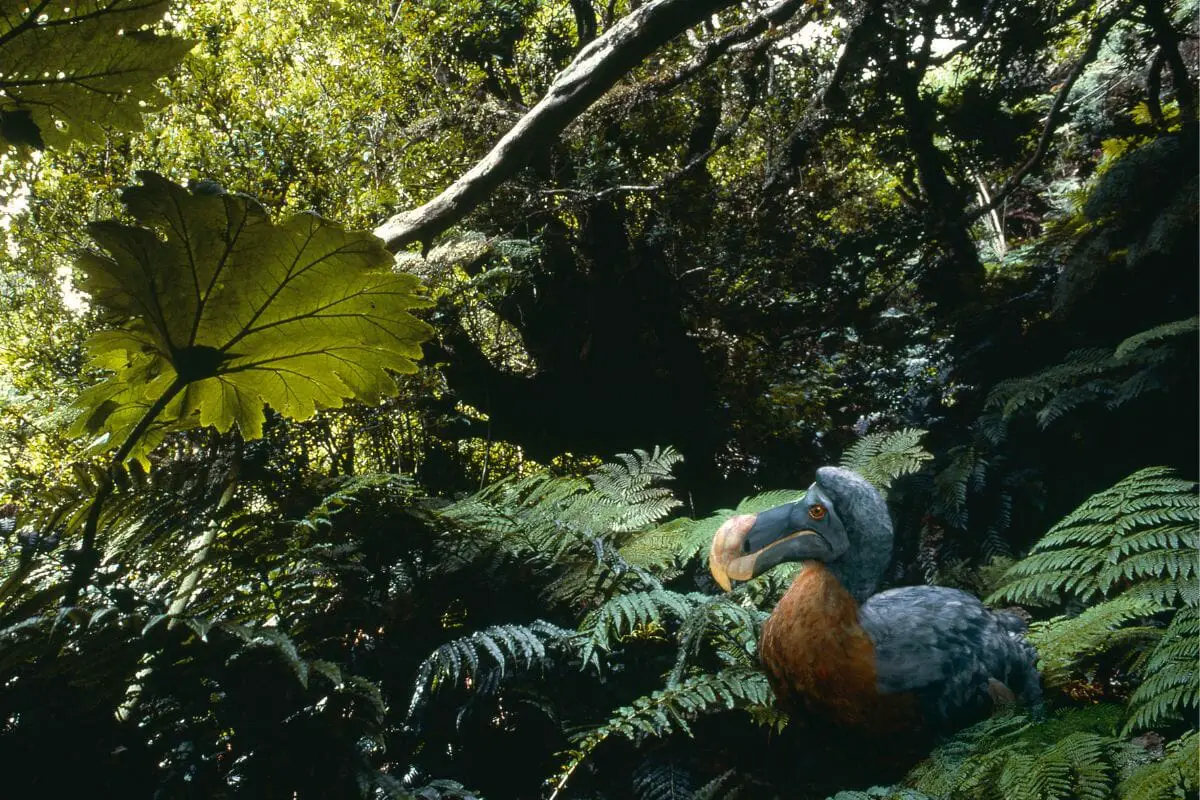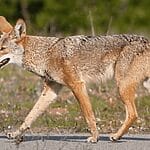Animal extinction is a very sad reality. Many species have been completely whipped out at the fault of human hunters in the last few hundred years.

While hunting regulations nowadays are strict, there is still illegal poaching and animal trafficking going on, and it is these activities that are causing more animals to become extinct.
In memory of these beautiful, innocent animals, this article will list some of the many species that have gone extinct due to poaching.
Wooly Mammoths
These large, majestic creatures vanished around the end of the large ice age, which happened around 4,000 years ago!
They had tusks that could reach around 15 feet long, and unfortunately, these beauties were often hunted for their fur and meat.
The last of the surviving wooly mammoths were largely hunted, which is what contributed to their extinction.
Great Auk
These animals were flightless waterbirds and were sadly hunted until the 1850s when they became extinct.
They lived all over the North Atlantic, and they were highly popular for their down, which was used to make pillows and used for fat, meat, and oil.
As they began to decline, the price of their eggs and pelts soared, so even museums began to request they be collected, so they could be used for display and preservation. The last living great auk was seen in 1852.
Tasmanian Tiger
Tasmanian tigers were also known as thylacines,(see also: The Thylacine (Tasmanian Tiger) Became Extinct In The 1960s… Or Did It?) and they were marsupials native to Australia and Tasmania.
They were seen as a threat to sheep and were hunted and poisoned in order to protect them.
The last Tasmanian tiger (see also: Australian Scientists Plan To Resurrect The Extinct Tasmanian Tiger! Could This Be True)alive was captured in 1933 where it was taken to the Hobart Zoo. Here, it died three years later.
Dodo Bird

These flightless birds lived on the island of Mauritius, and it is said that the arrival of humans on that island meant that these birds never stood a chance of survival.
They lived on land that had no predators, so when humans brought with them dogs, cats, and pigs, these harmless, flightless birds weren’t aware of how these animals (and humans) could threaten their lives.
Their lack of experience with other animals, and inability to fly made them vulnerable, and it is thought that they became extinct in the late 17th century.
Caspian Tiger
Tigers were added to the endangered (see also: Why Are Tigers Endangered?)species list in the 1960s but trophy hunting and the fur trade have continued despite their risk of extinction.
The Caspian tiger was a subspecies of the Siberian tiger, and they were mostly wiped out by the start of the 20th century. This was at the fault of the Russian government, as they were setting up cotton and rice fields.
They did this in the forests the tigers lived in, so they ordered them to be exterminated. They are said to have become extinct between 1954 and 1959.
Passenger Pigeons
Passenger pigeons were the largest population of birds in North America. By the early 20th century, they were unfortunately hunted to extinction.
Due to how many of them were available, their meat was used to feed slaves and poor people, and they used to be slaughtered horribly.
The last passenger pigeon alive was named Martha, and she passed away at the Cincinnati Zoological garden in 1924.
Toolache Wallaby

Toolache wallaby’s used to live in the open lands of Australia and were a nocturnal species of the common kangaroo.
Aside from being hunted for sport and their wonderful fur, they also suffered from the clearing of native vegetation, the introduction of the red fox, and habitat loss.
Sadly, they only survived for 85 years in Europe, with the last one having died in captivity in 1939. It is thought that they became extinct by the 1940s.
Sea Mink
The tale of the sea mink is a sad one, to say the least. They used to live in the coastal regions from Maine to New Brunswick, Canada, and they were largely hunted for their fur.
This is what lead to their extinction. Unfortunately, as they were hunted so vigorously, their extinction came about rapidly, so very little is known about their communication, reproduction, and behavior.
The last sea mink was killed in New Brunswick in 1894.
Javan Tiger
The Javan tiger used to live in Indonesia, on the island of Java. Human populations were the cause of their extinction, as they took over their habitat and cleared away their trees.
These tigers were also hunted and poisoned by natives, as they were thought of as pests.
The last Javan tiger was seen in 1972.
Atlas Bear
The Atlas bear was a subspecies of the brown bear and was Africa’s only native bear. It had a small body, but a muscular, stocky build, and unfortunately, this animal was hunted mainly for sport, which is was led to its extinction.
They would sometimes be captured and then used to execute criminals after the Roman Empire made its way into North Africa.
The last bears were killed by hunting in the 1870s, in the region of Morocco.
Carolina Parakeet
The Carolina parakeet was the only parrot species that came from the United States.
They lived in North America until the early 1900s and even lived in the Ohio valley and some parts of the Gulf of Mexico.
Sadly, their feathers began to be seen as a lovely decoration for women’s hats and some populations also fell ill to a poultry disease.
Caribbean Monk Seal
This animal was the only native seal to the Gulf of Mexico and the Caribbean Sea. They were discovered during the voyage of Christopher Columbus in 1494.
While their predators were sharks, they were also largely hunted by humans for their skin and blubber, as they were used to create oil.
They became extinct in 2008, but there were no sightings of them since 1952.
Zanzibar Leopard
This unique leopard is thought to have gone extinct by the 1990s. They were found in the Zanzibar archipelago of Tanzania, and they were believed to have been kept by witches, which led locals to cause them harm.
They started an extermination campaign that continued for decades, sadly leading to their extinction.
No sightings have been reported of these leopards since the 1980s, so scientists believe they are now extinct.
Falkland Islands Wolf
This wolf was the only land mammal that was from the Falkland Islands. They were thought to be incredibly docile, friendly, and curious by nature, and were even willing to eat out of the hands of humans.
Hunters began to ill them for their fur in the 1800s, which is what led to their extinction. They were reported to have become extinct officially in 1876.
Final Thoughts
This list only depicts a few animals that have succumbed to extinction over the years. From marine animals to land mammals and birds, no animal is free from this risk.
While there are more regulations nowadays around hunting, there is still illegal poaching that occurs.
Although it is nearly impossible to put a stop to it, by joining volunteer and conservation organizations, you can do your part to help care for these wonderful animals.
We hope you enjoyed learning about some of the wonderful animals that used to roam the earth.
- 15 Most Common Animals Living In Ponds - 2024-04-23
- What are the Characteristics Of a Wolf – (Characteristics & Interesting Facts) - 2024-04-23
- Animals That Live In The Abyssal Zone - 2024-04-22








